A new 60s-inspired book captures the rarest colours in the world
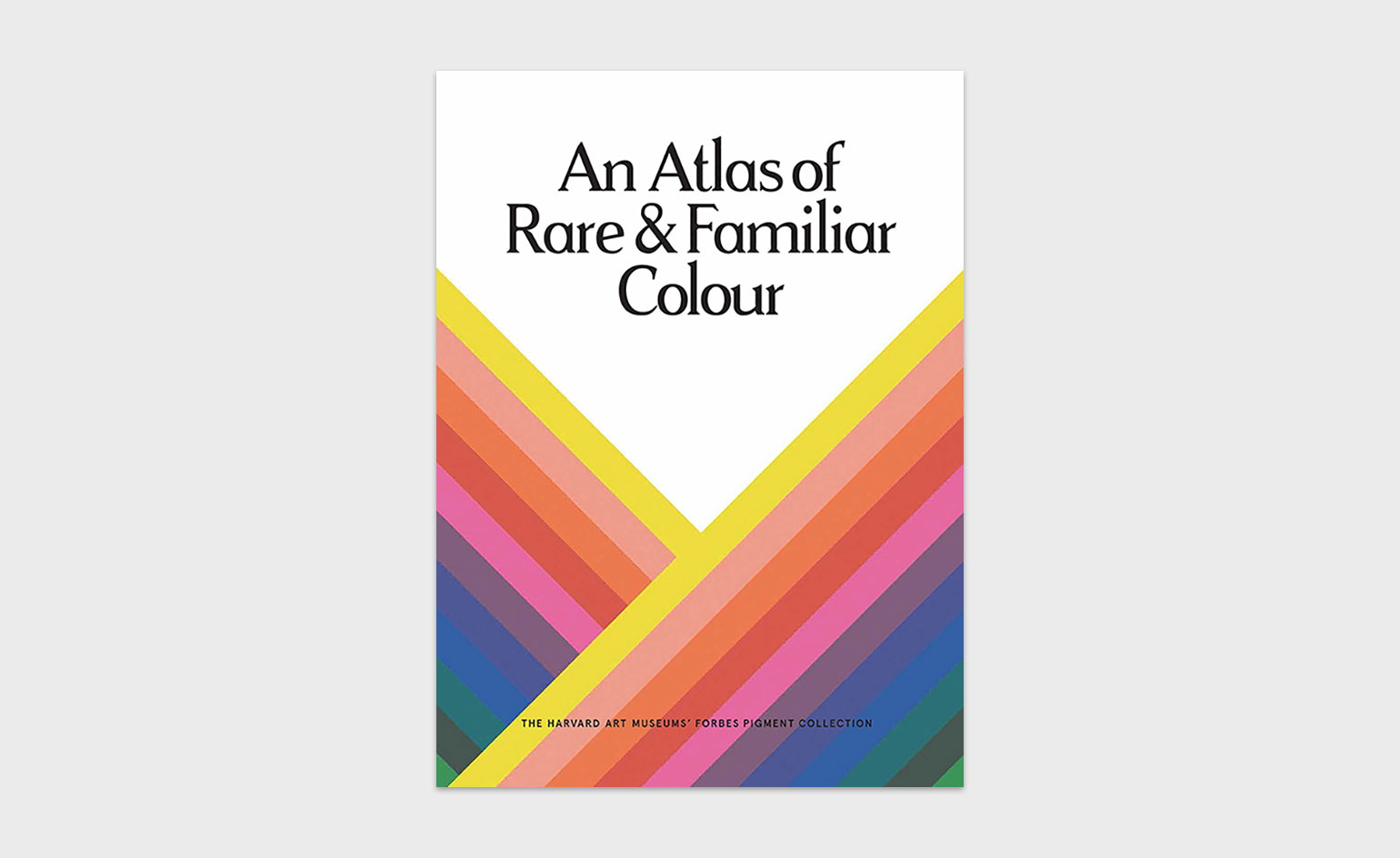
The Harvard Art Museums hold over 2500 of the world’s rarest pigments, from bits of Egyptian blue glass dating to 1,000 BCE to newly released fluorescent hues. Public access to the colour library has been restricted – until now, where, in An Atlas of Rare & Familiar Colour, the collection is excavated by Atelier Éditions in startling detail and vividity, through gradated colour-coded chapters.
Inside the gloriously retro, 60s-inspired rainbow hardback, we find an encyclopedic photobook of poised still lifes, where each phial, herb and pigment-filled container becomes a character, narrating the fascinating history of colour.
Former Fogg Art Museum director Edward Forbes started the collection at the turn of the 20th century, in the interest of preserving the early Italian paintings he had just begun to collect. Through the years, word of mouth helped the collection to grow into a vast apothecary of bottles and beakers as other art lovers and experts donated their own pigments. Continually growing, the collection helps experts worldwide to research and authenticate paintings.
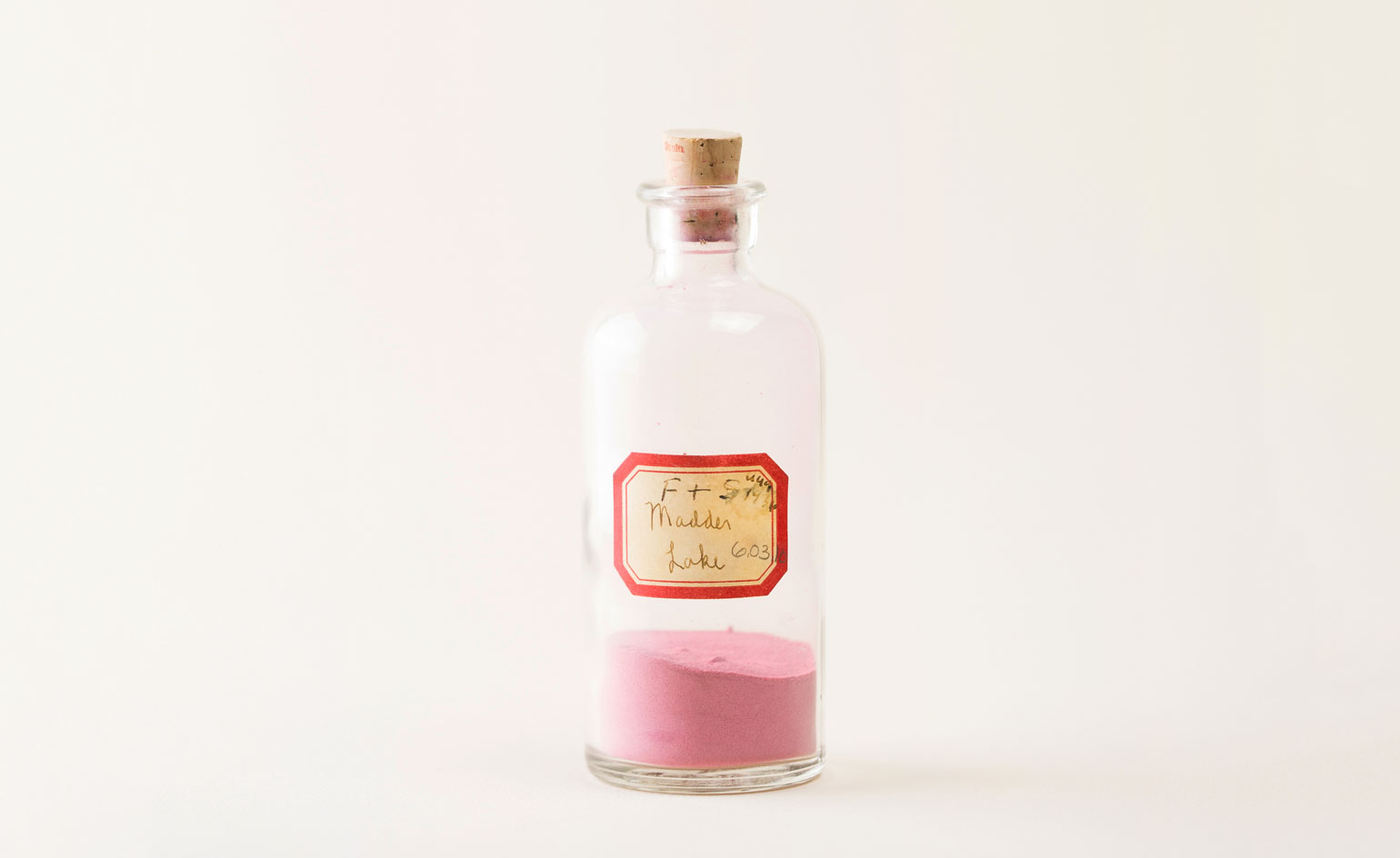
Madder Lake Straus.1600 Fezandie & Sperrle Inc, USA, 1936.
In Cambridge, Forbes’ legacy thrives in the museums’ Straus Center for Conservation and Technical Studies, where experts preserve masterworks for future generations and decipher the chemical makeup of paint and pottery glaze. As well as looking to the future, the pigments are a tinted window to the past, shedding light on the working methods and preferred materials of renowned artists. Studying them reveals the effort it took, in the days before synthetic pigments, to get colours just right.
We learn that green hues were entirely absent from cave paintings, and that popular sage-green wallpaper in the 19th century hastened many to their deaths, thanks to its reliance on arsenic-derived dyes. We come paper-close to Ultramarine, a vivid blue made from lapis lazuli mined in Afghanistan, which was once more precious than gold.
As well as providing a reference guide to art conservators, this is a document for sore eyes, a graphic glossary of the colours that inject vibrancy into our art and world. A Rothko quote sums it up, swimming in a scarlet page, ‘There is only one thing I fear in my life, my friend; One day the black will swallow the red.’

Violet de Cobalt Straus. 1749 Lefranc & Cie, France, 1927.

From the chapter ‘Blue’, inside An Atlas of Rare & Familiar Colour; The Harvard Art Museums, Forbes Pigment Collection, published by Atelier Éditions.

Malachite, (polished) Straus. 536.

Rokusho, A-0 No. 3 Straus. 800 Japan, 1931.
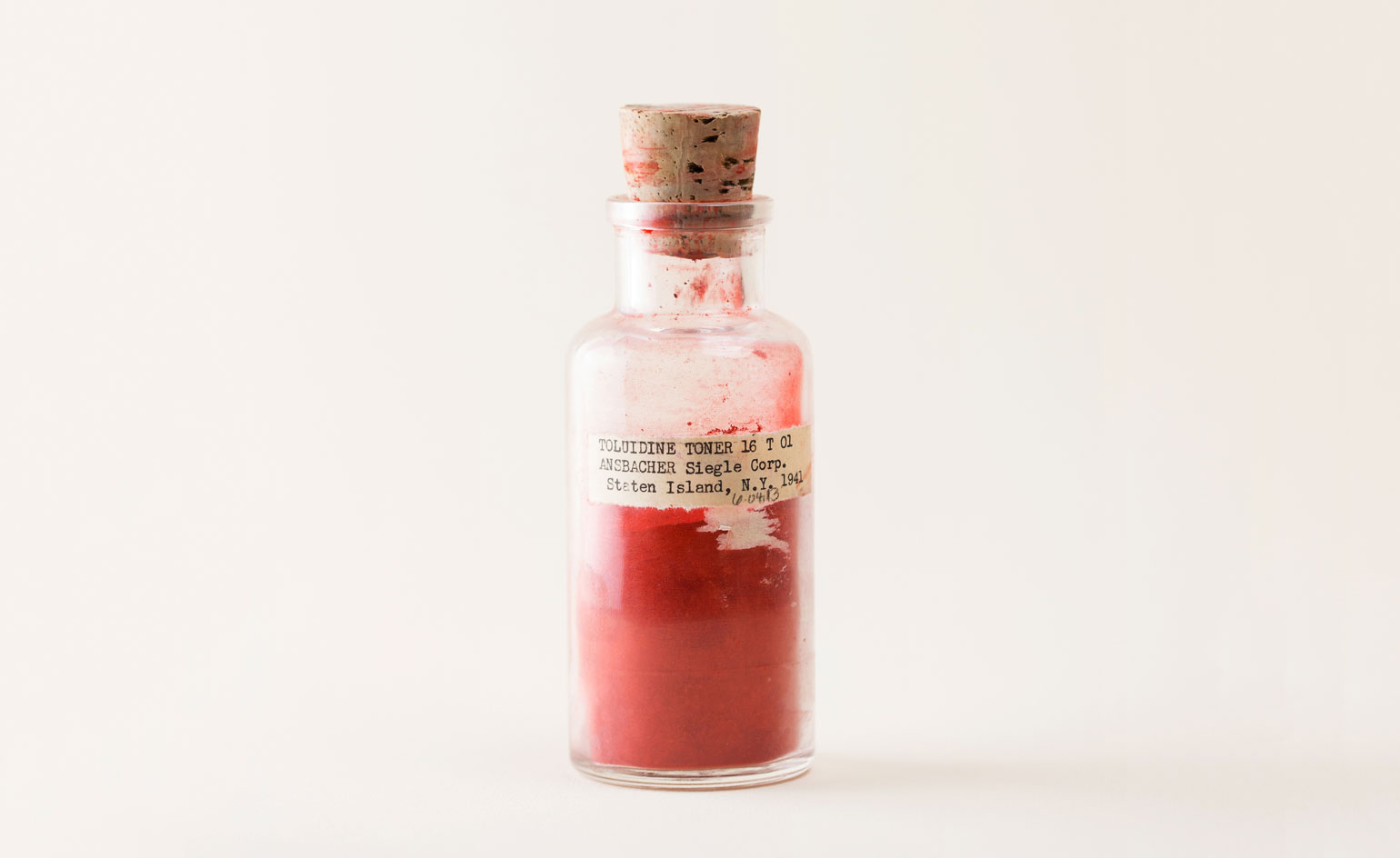
Toluidine Toner 16 T 01 Straus. 1657 Ansbacher-Siegle Corp., USA, undated.
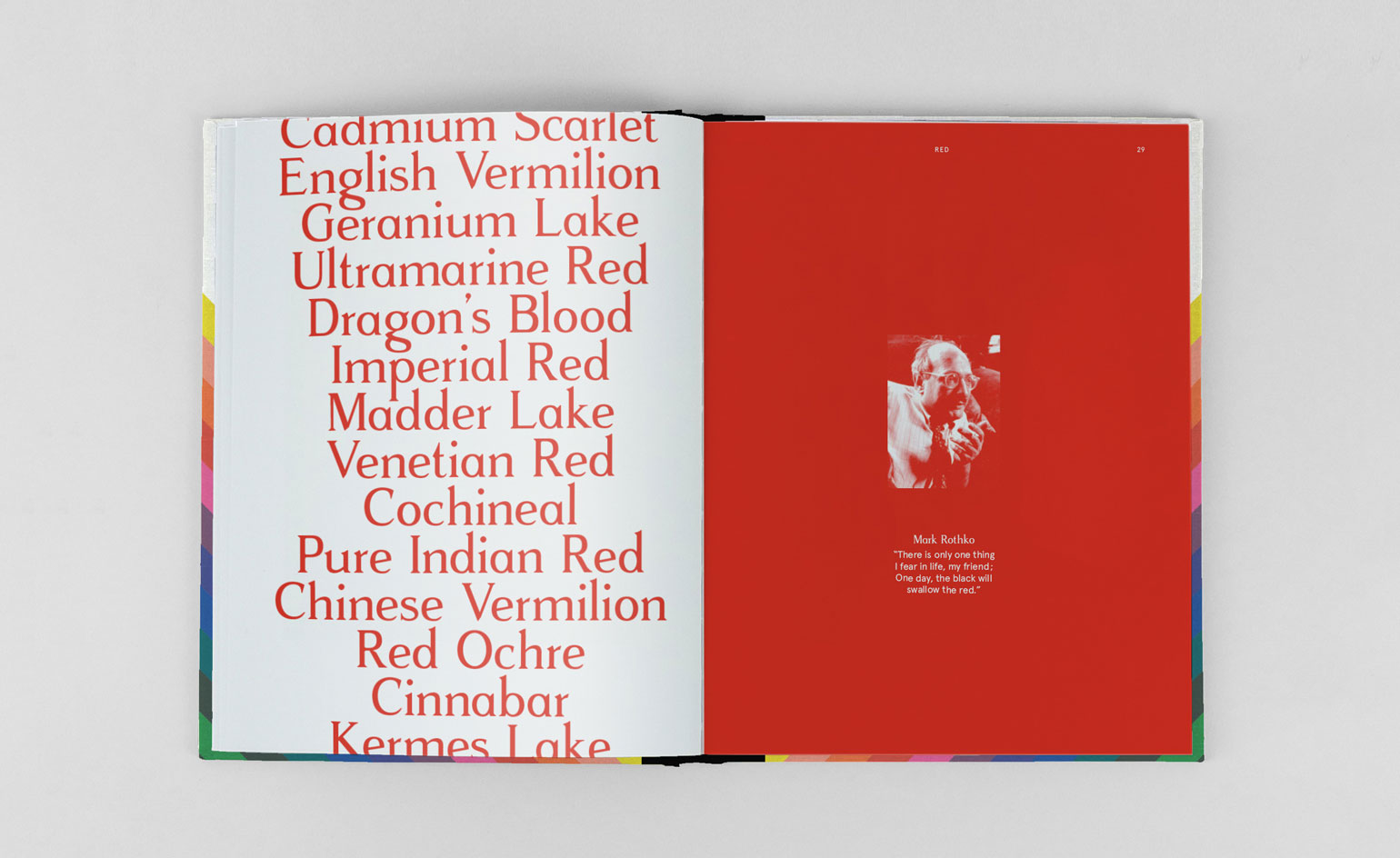
From the chapter ‘Red’, inside An Atlas of Rare & Familiar Colour; The Harvard Art Museums, Forbes Pigment Collection, published by Atelier Éditions.
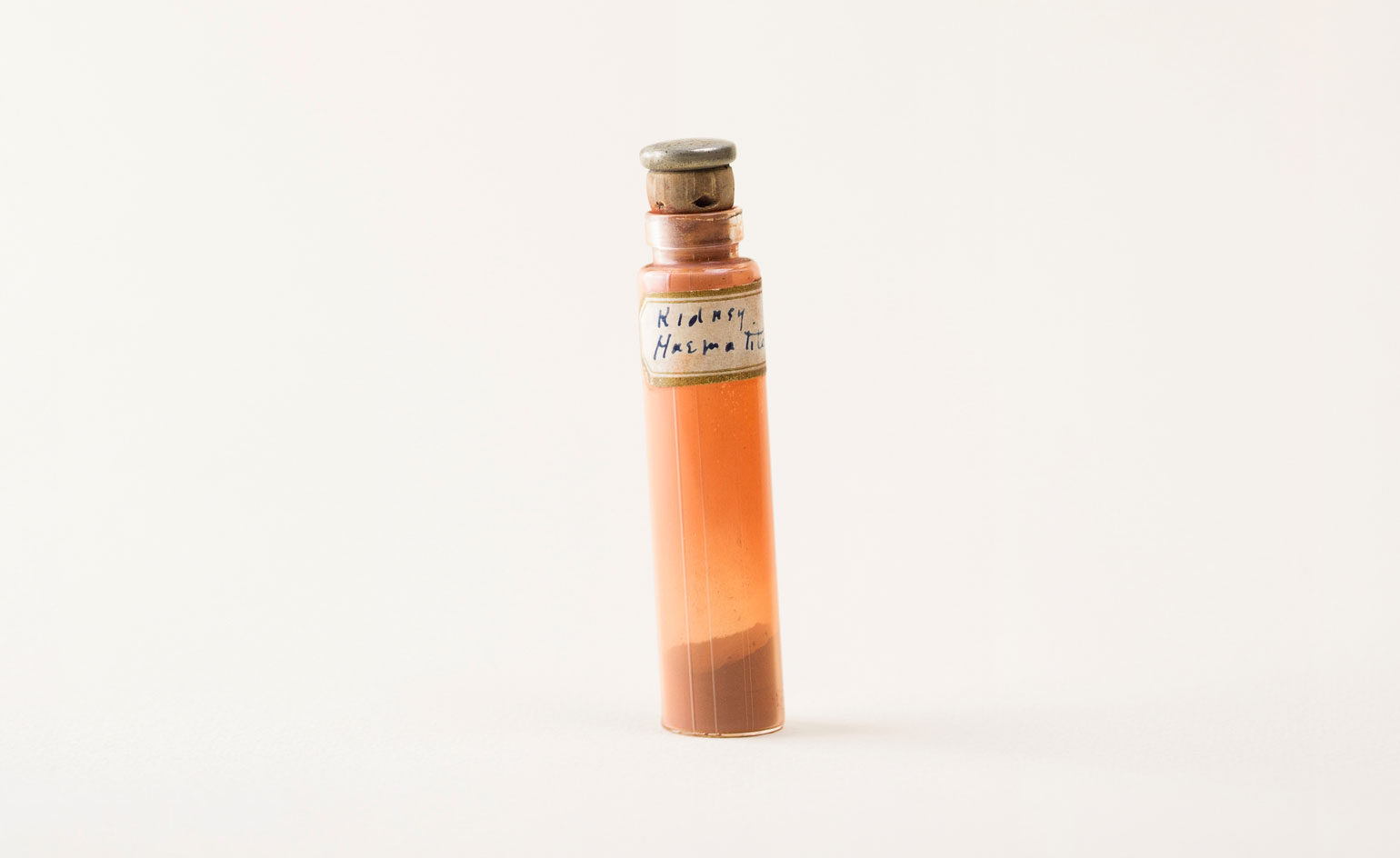
Kidney Haematite Straus. 1502.

Ball of Raw Indian Yellow Straus. 529 Charles Roberson & Co., United Kingdom, 1914.
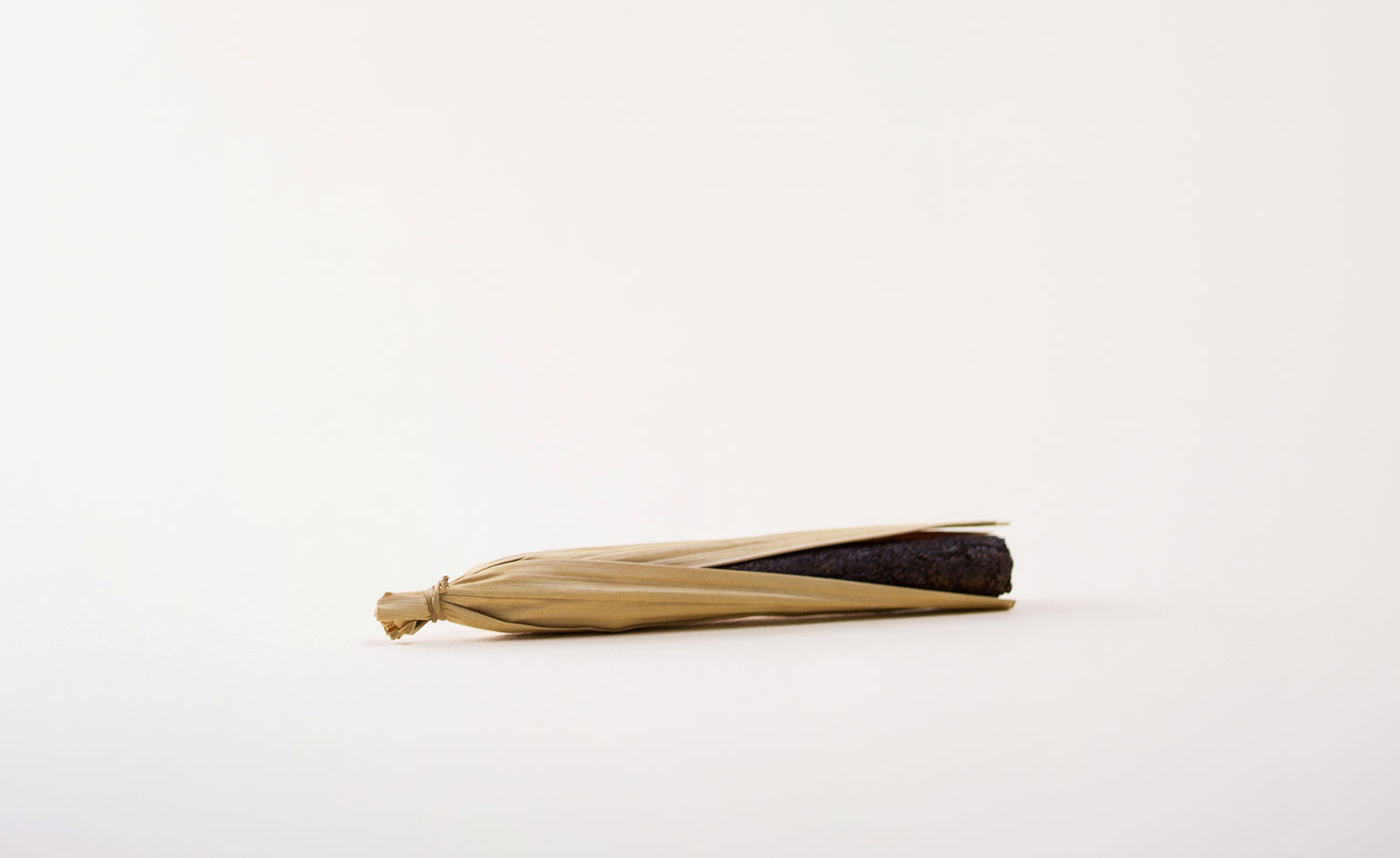
Dragon’s Blood in native reed Straus. 566.
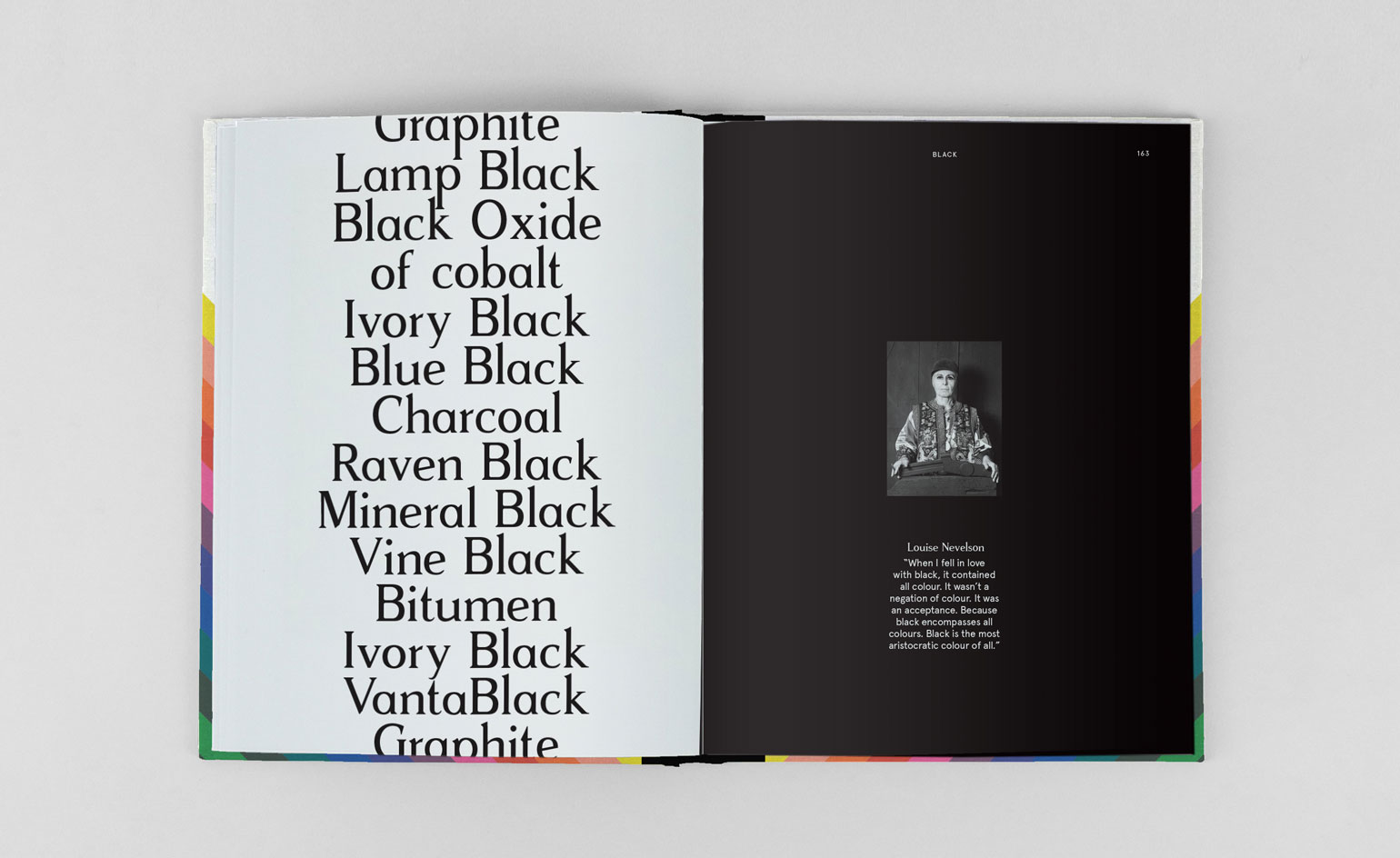
From the chapter ‘Black’, inside An Atlas of Rare & Familiar Colour; The Harvard Art Museums, Forbes Pigment Collection, published by Atelier Éditions.
Information
An Atlas of Rare & Familiar Colour is a new publication from the Straus Center for Conservation and Technical Studies at the Harvard Art Museums, published by Atelier Éditions. For more information, visit the Atelier Éditions website
Receive our daily digest of inspiration, escapism and design stories from around the world direct to your inbox.
Elly Parsons is the Digital Editor of Wallpaper*, where she oversees Wallpaper.com and its social platforms. She has been with the brand since 2015 in various roles, spending time as digital writer – specialising in art, technology and contemporary culture – and as deputy digital editor. She was shortlisted for a PPA Award in 2017, has written extensively for many publications, and has contributed to three books. She is a guest lecturer in digital journalism at Goldsmiths University, London, where she also holds a masters degree in creative writing. Now, her main areas of expertise include content strategy, audience engagement, and social media.
-
 Modernism for sale: a Norman Jaffe-designed icon on Shelter Island hits the market
Modernism for sale: a Norman Jaffe-designed icon on Shelter Island hits the marketThe Osofsky House epitomised the glamour of high-end 70s modernism on Long Island. Now updated and refurbished, it’s back on the market for the first time in over two decades
-
 Discover Locus and its ‘eco-localism' - an alternative way of thinking about architecture
Discover Locus and its ‘eco-localism' - an alternative way of thinking about architectureLocus, an architecture firm in Mexico City, has a portfolio of projects which share an attitude rather than an obvious visual language
-
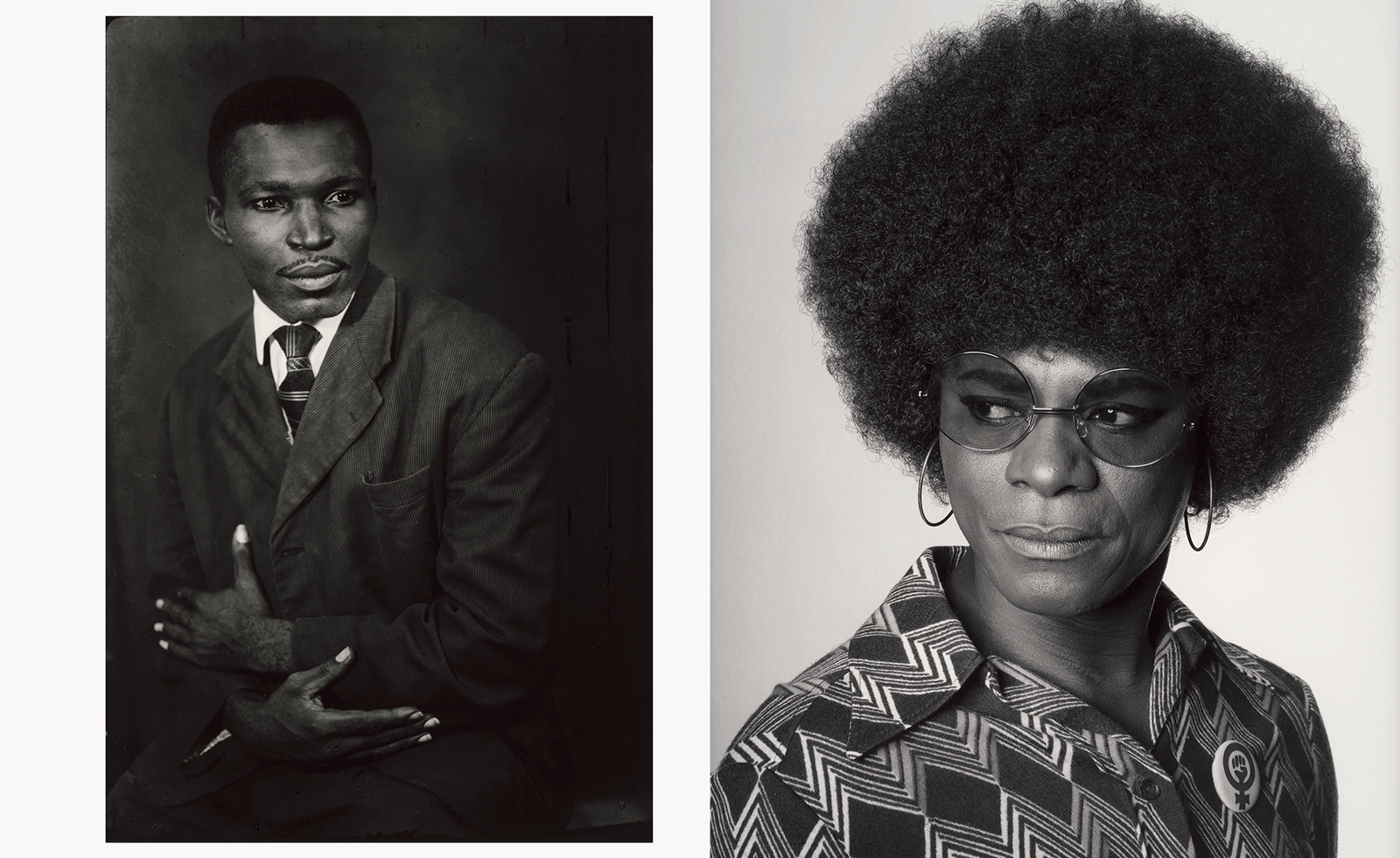 MoMA celebrates African portraiture in a far-reaching exhibition
MoMA celebrates African portraiture in a far-reaching exhibitionIn 'Ideas of Africa: Portraiture and Political Imagination' at MoMA, New York, studies African creativity in photography in front of and behind the camera
-
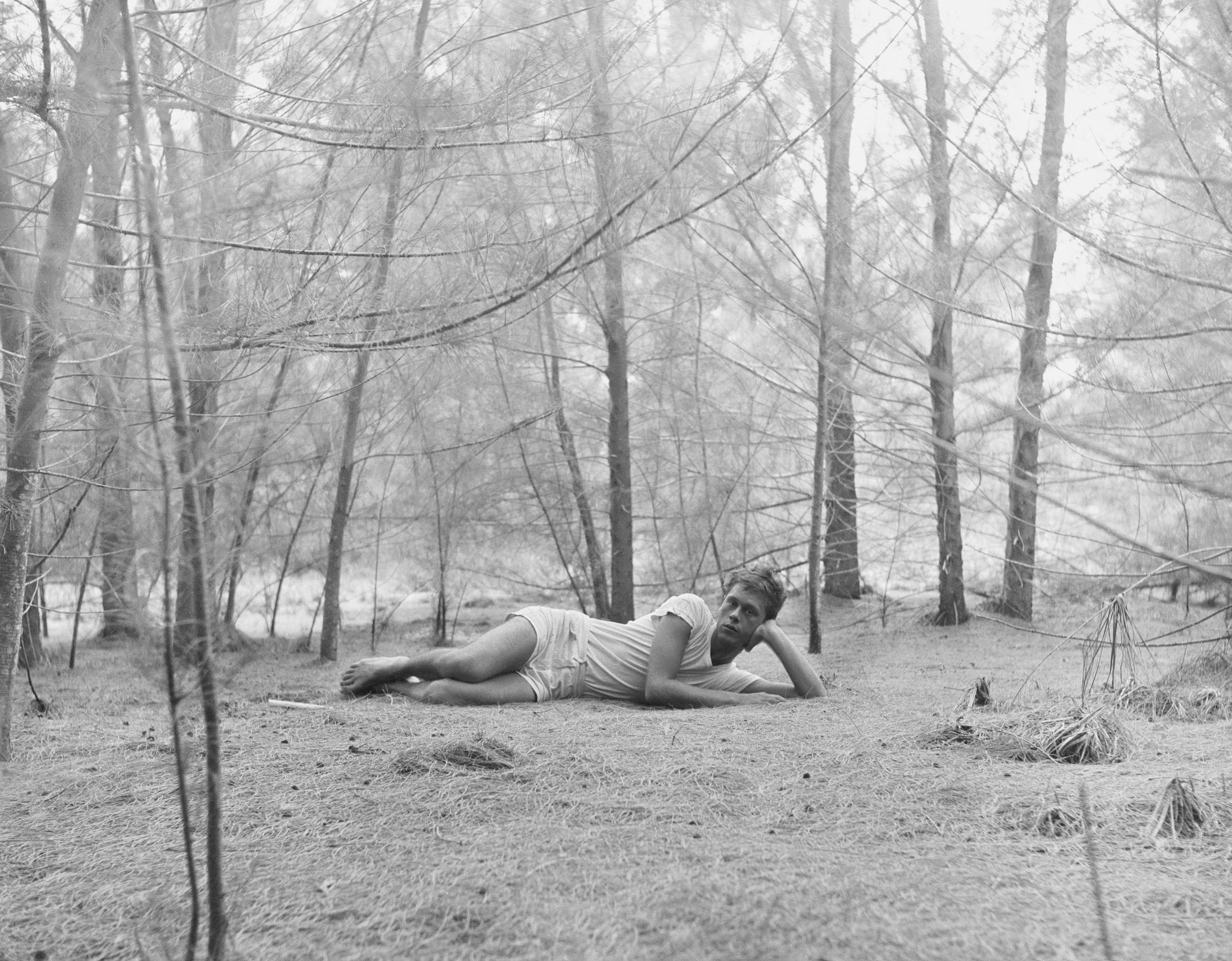 Inside the seductive and mischievous relationship between Paul Thek and Peter Hujar
Inside the seductive and mischievous relationship between Paul Thek and Peter HujarUntil now, little has been known about the deep friendship between artist Thek and photographer Hujar, something set to change with the release of their previously unpublished letters and photographs
-
 Nadia Lee Cohen distils a distant American memory into an unflinching new photo book
Nadia Lee Cohen distils a distant American memory into an unflinching new photo book‘Holy Ohio’ documents the British photographer and filmmaker’s personal journey as she reconnects with distant family and her earliest American memories
-
 This Gustav Klimt painting just became the second most expensive artwork ever sold – it has an incredible backstory
This Gustav Klimt painting just became the second most expensive artwork ever sold – it has an incredible backstorySold by Sotheby’s for a staggering $236.4 million, ‘Portrait of Elisabeth Lederer’ survived Nazi looting and became the key to its subject’s survival
-
 Meet Eva Helene Pade, the emerging artist redefining figurative painting
Meet Eva Helene Pade, the emerging artist redefining figurative paintingPade’s dreamlike figures in a crowd are currently on show at Thaddaeus Ropac London; she tells us about her need ‘to capture movements especially’
-
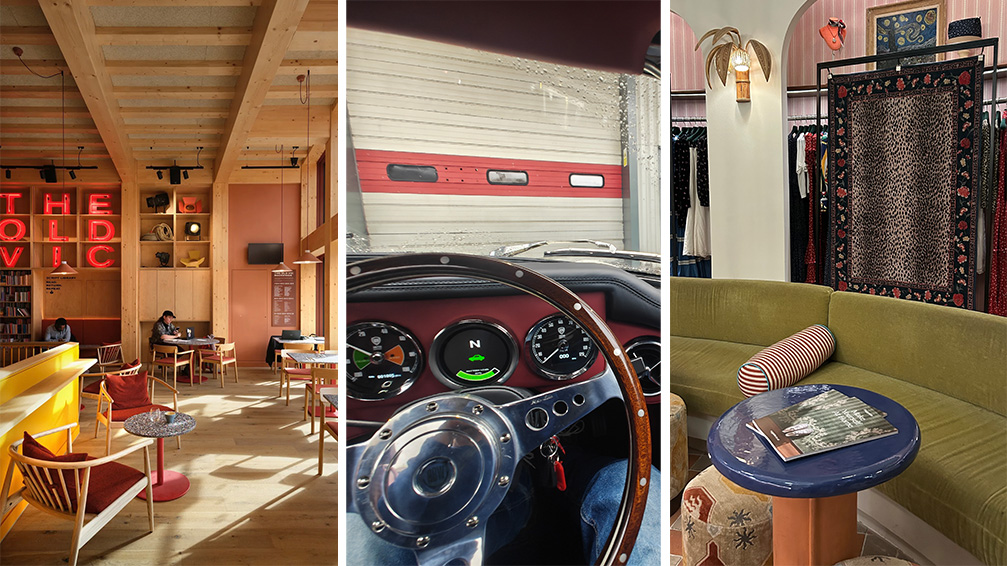 Out of office: The Wallpaper* editors’ picks of the week
Out of office: The Wallpaper* editors’ picks of the weekThe rain is falling, the nights are closing in, and it’s still a bit too early to get excited for Christmas, but this week, the Wallpaper* team brought warmth to the gloom with cosy interiors, good books, and a Hebridean dram
-
 Inside Davé, Polaroids from a little-known Paris hotspot where the A-list played
Inside Davé, Polaroids from a little-known Paris hotspot where the A-list playedChinese restaurant Davé drew in A-list celebrities for three decades. What happened behind closed doors? A new book of Polaroids looks back
-
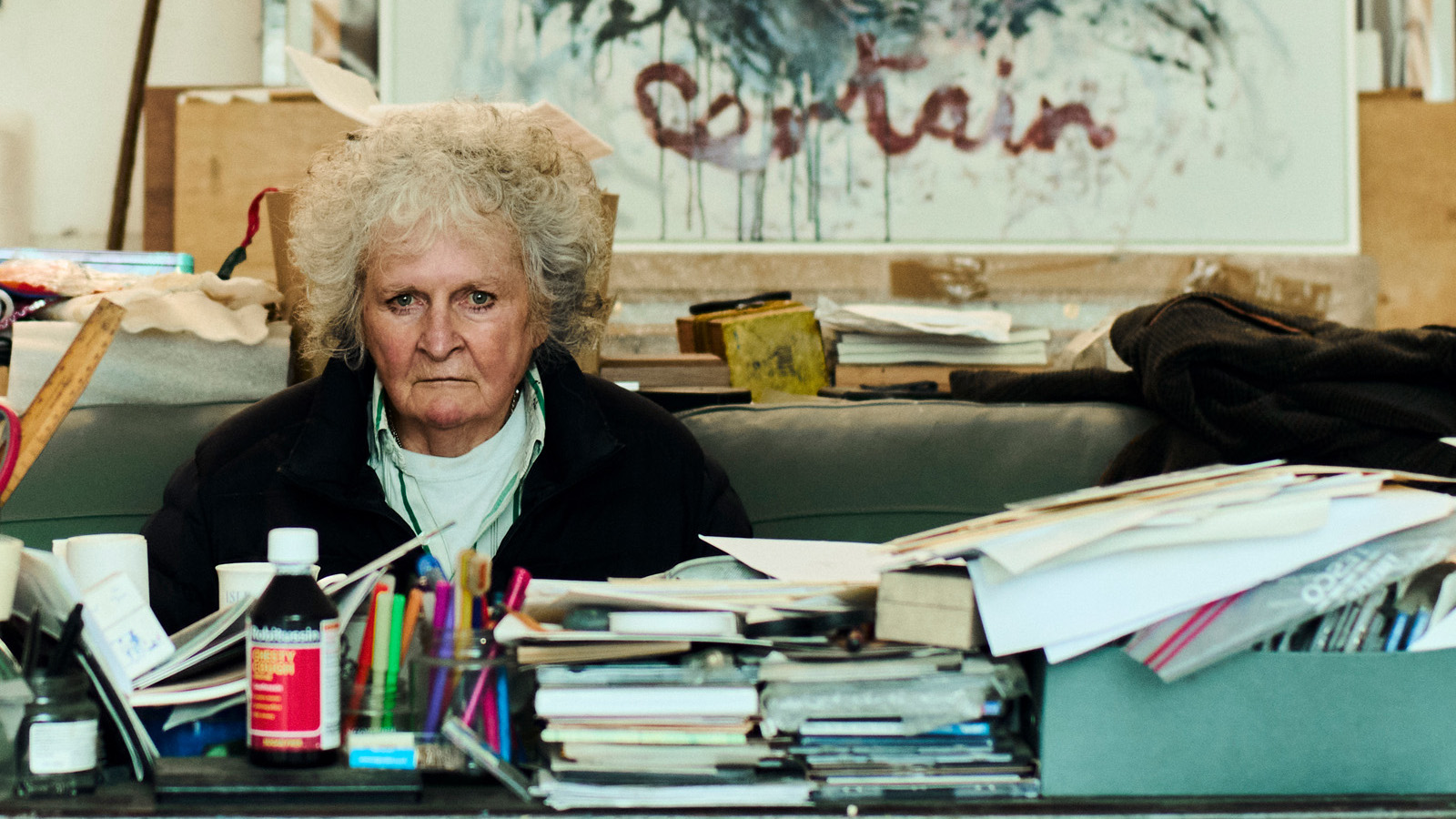 Maggi Hambling at 80: what next?
Maggi Hambling at 80: what next?To mark a significant year, artist Maggi Hambling is unveiling both a joint London exhibition with friend Sarah Lucas and a new Rizzoli monograph. We visit her in the studio
-
 Inside the process of creating the one-of-a-kind book edition gifted to the Booker Prize shortlisted authors
Inside the process of creating the one-of-a-kind book edition gifted to the Booker Prize shortlisted authorsFor over 30 years each work on the Booker Prize shortlist are assigned an artisan bookbinder to produce a one-off edition for the author. We meet one of the artists behind this year’s creations